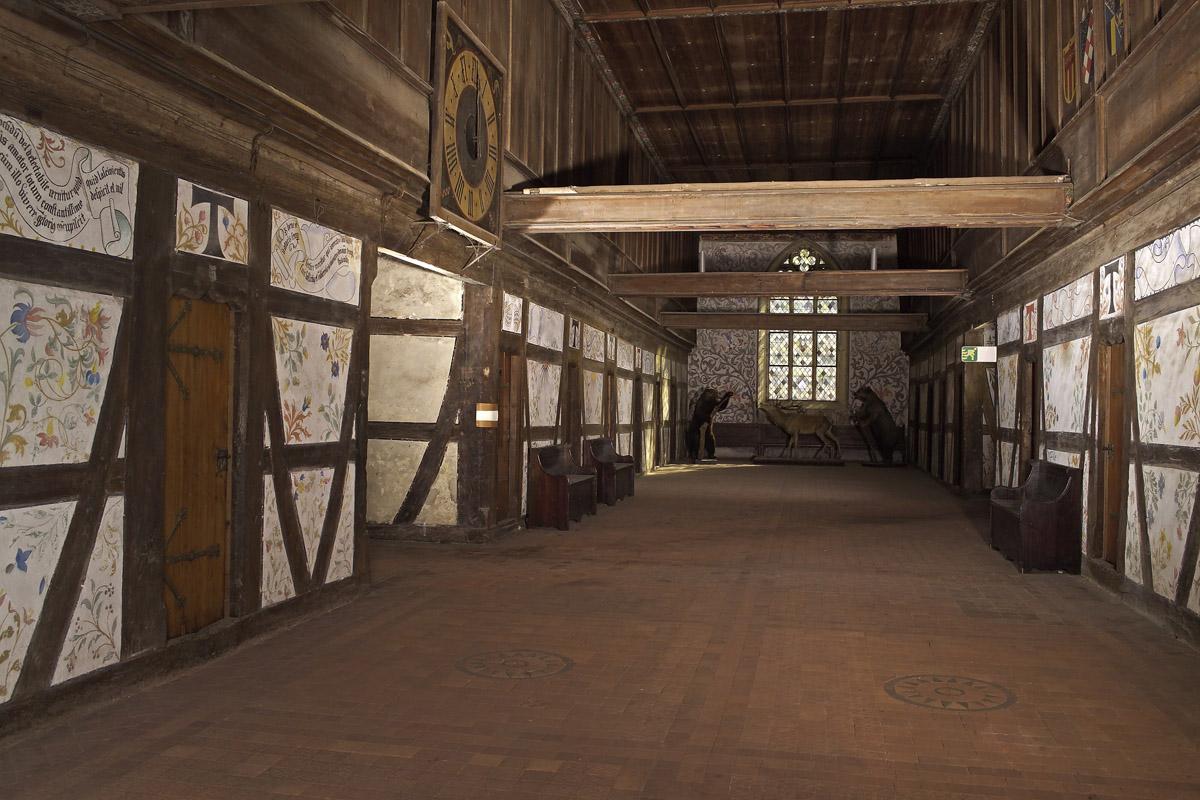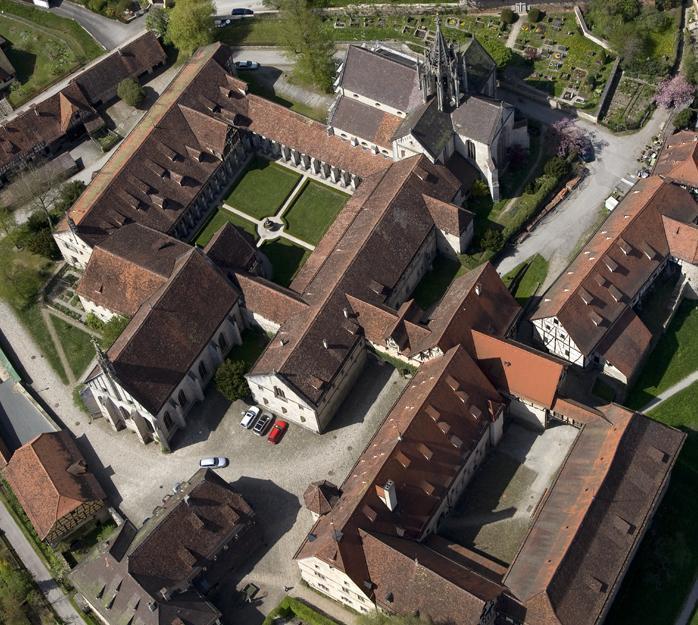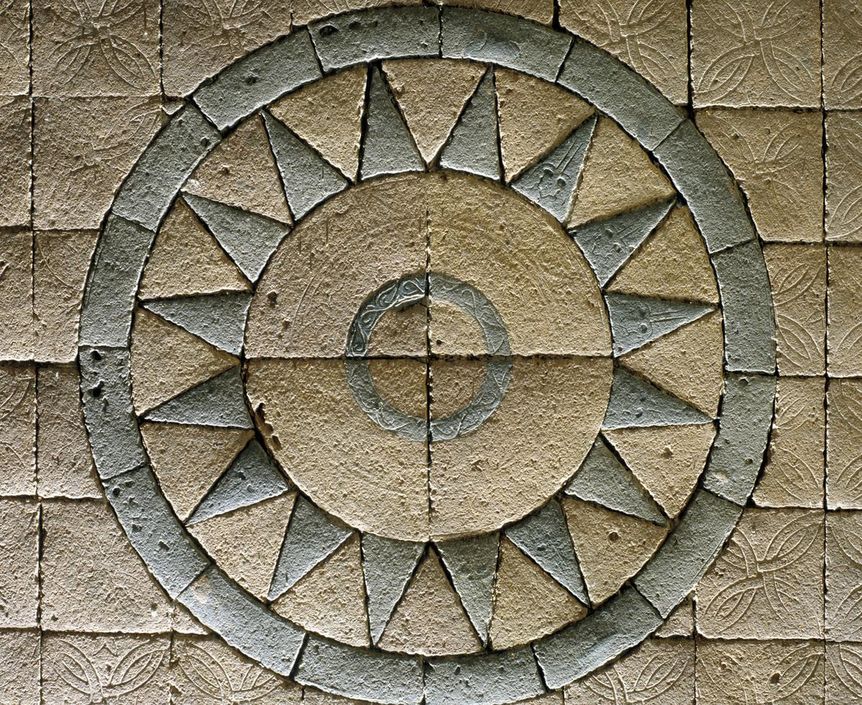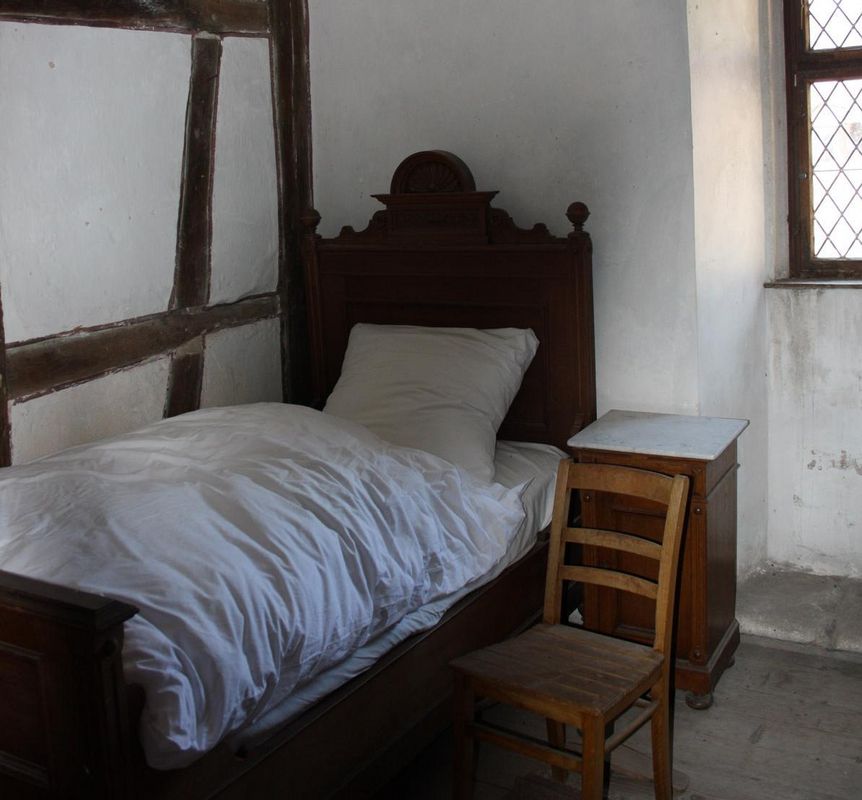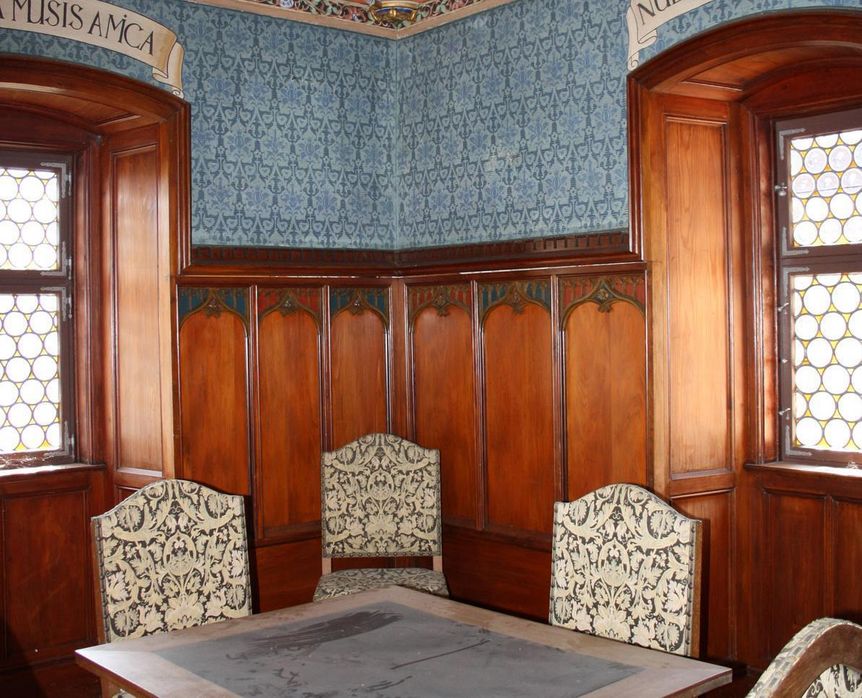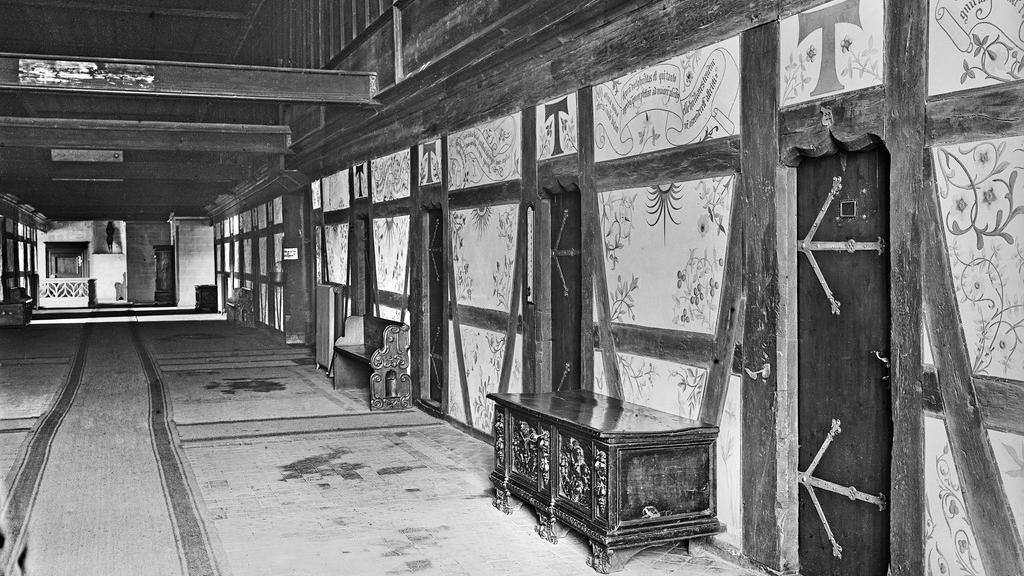For monks, students, and members of parliamentThe dormitory
The sleeping halls extend over the entire upper story of the east and west wings of the conclave. While the lay dormitory was already significantly renovated during the time of the Protestant monastery school, the dormitory for the White Monks is preserved almost in its original condition.



